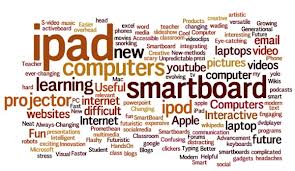
Teaching to the test seems to be the talk of many schools now days. The push to having your students make AYP and bring up their scores from the previous years is the overall goal when it comes to education. To figure out if AYP was met or if your students made gain on their scores, all students have to take standardized tests. Many people involved in education think this is the only way to truly show the progress a student or school has made. I, on the other hand, think that tests are not even close to the only assessment that shows student learning and how well a student or school has done. How can you use one type of test to truly measure progress when you have students using all different types of learning styles to achieve their greatness?
Tests are not altered to a student
who is a reading below grade level or a student who is struggling understanding
math concepts at their current grade level. As educators we have to teach
students on the level they understand, if we want to see growth. They do need
to see grade level material; but if they are being instructed below their
actual grade level, then those students should be tested at that level. But
standardized tests don’t make this happen, if you are in 3rd grade,
you are tested at 3rd grade no matter what.
There are so many different ways to
assess children and truly see the progress they are making. For example, you
could do a group project that shows social skills that students are developing,
an e-portfolio that shows the student’s artifacts and progress, teacher
observations as students are using strategies to solve problems that show their
understanding, and the list for assessments goes on and on. Testing is one of many
different types of assessment that truly shows a student’s learning.
Youtube Video: Are exams the best form of assessment?



